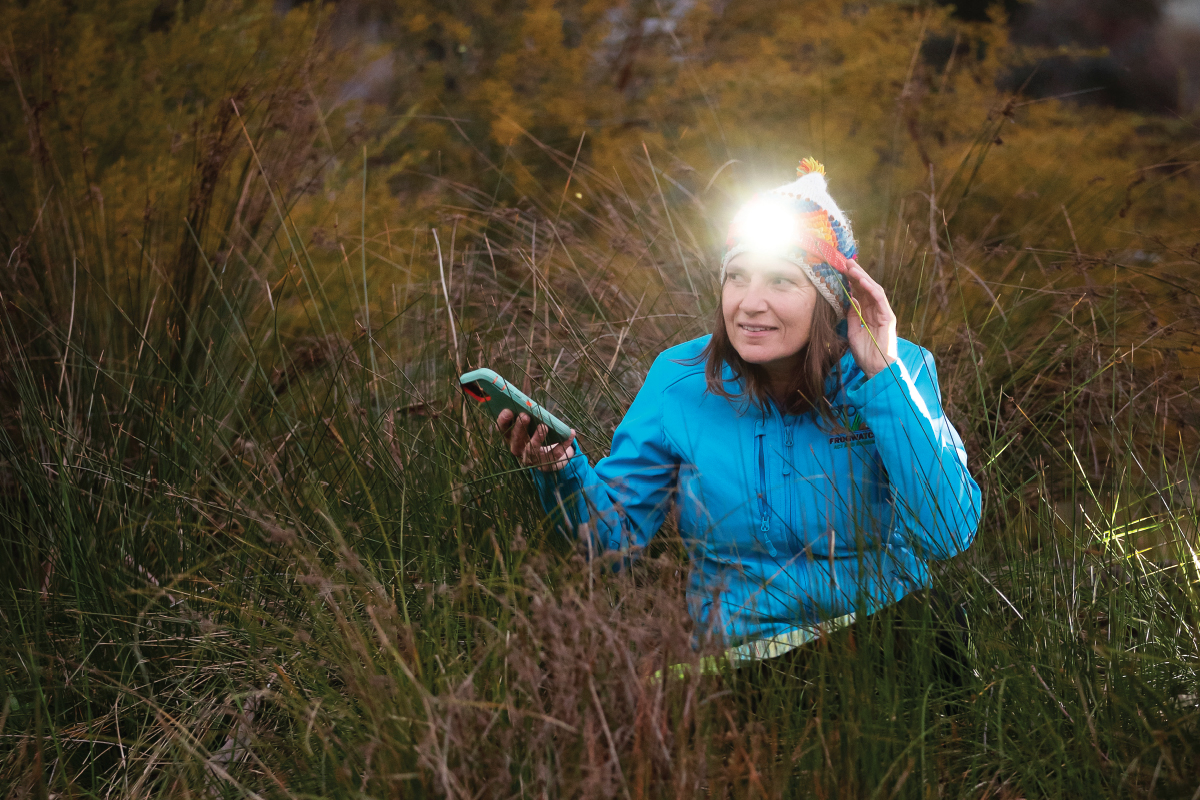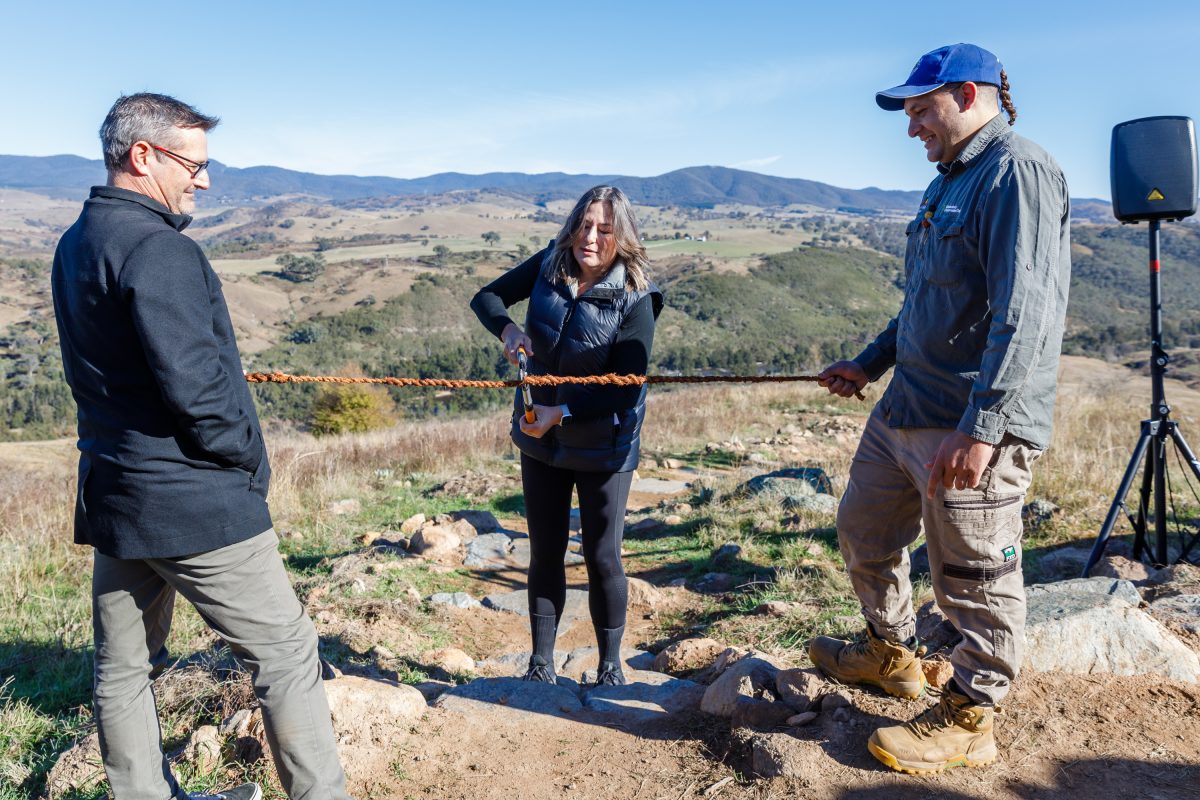Keeping our suburbs cool
WORDS Emma Macdonald
To combat Canberra’s urban heat islands, new forward-thinking developments such as Ginninderry are treading a much shadier path, making sure trees and water courses have right of way.
Consider this: If the Australian population continues to increase at its current rate, to an estimated 31 million people by 2030, we will need to construct as many as 197,000 homes a year. Whether these homes help or harm the planet is the big question.
A major CSIRO report in 2017 pointed to the impact of Canberra’s urban heat islands—the warming which happens when pavements, roads and buildings absorb the sun’s heat and radiate it back, day and night, increasing the temperature and stopping urban areas from cooling down.
The report found the ACT was around 8oC warmer in summer and 6oC warmer in winter than its surrounding rural areas. And areas with large expanses of impervious surfaces (such as rooftops, carparks and concreted areas) were much warmer again— sometimes up to 4-11oC hotter than the Canberra average. These sorts of surfaces are often found in commercial and industrial areas, and, sadly, new housing developments where “green infrastructure” was not factored in at the greenfield stage.
Planning mistakes of the past—creating urban heat islands—are now issues the community must face, and avoid repeating in the future as we meet an ever-increasing demand for housing stock.
Ginninderry’s Sustainability Manager, Jessica Stewart, is at the forefront of ensuring the development avoids some of the devasting environmental costs now impacting ACT residents across
other parts of the city.
Some of the sustainability features prioritised at Ginninderry include keeping big trees to provide natural canopy cover. This means protecting some very old, large trees within the development—some of which have been there since before European settlement.
“By integrating our existing trees into our suburb design we have managed to keep around 80% of all trees. Large hollow-bearing trees are vital not only for shade, but also for nesting of many bird species,” Jessica said.
Those trees which cannot be preserved are incorporated into the Conservation Corridor or to some of the many ponds which provide extra habitat spaces.
According to Jessica, water sensitive urban design is key to the success of Ginninderry.
“Given our connection to the Murrumbidgee River and Ginninderra Creek, we have a responsibility to ensure that we treat our water on site carefully.
Incorporating water within our suburbs also helps to keep things cool. Air moving across water bodies provides cooler air to areas downwind.”
Building materials were also chosen to decrease the temperature.
“By using materials that either don’t hold heat or get rid of their heat quickly, we can limit the urban heat island effect. Permeable paving is an easy substitute to traditional paving, concrete or asphalt. Permeable paving allows moisture to filter through to the soil underneath allowing it to cool quicker overnight.”
Chief Executive Officer of the Green Building Council of Australia (GBCA) Davina Rooney said the ACT was increasingly a “shining light when it comes to sustainability leadership in the built environment and is showing the way by creating pathways to a net zero future”.
Having been awarded the highest possible 6 Star Green Star Community certification in 2016, Ginninderry has been recently recertified for the same rating for another five years— proof that new developments can be committed to a healthier future for residents and the planet.
“Incorporating water within our suburbs also helps to keep things cool. Air moving across water bodies provides cooler air to areas downwind.”
“With its links to the natural environment, people-centric design elements and high sustainability ambitions, Ginninderry is carving out a new benchmark for liveable, healthy and resilient communities,” Davina said. “As it takes shape, Ginninderry is a sneak peek into what a healthy, low-carbon future could look like.
The ACT’s Commissioner for Sustainability and Environment Dr Sophie Lewis said residents would be the ultimate winners when developments mitigated the worst impacts of climate change.
“There is a lot we can do in our built environment to address this and take heat out of our suburbs, including through house and building design, green roofs and gardens, green spaces in our suburbs and using permeable, rather than hard, surfaces for our suburbs. It is great to see that these principles are being adopted at Ginninderry in the design phase and it would be fantastic to see all greenfield developments future proofing suburbs and homes for a hotter future.”
Less easy is mitigating the effect once it is built.
“There is a lot we can be doing in existing suburbs to take the heat out of the urban environment, but it becomes harder and harder. In existing suburbs, there might not be enough space for required planting and surfaces cannot easily be replaced. So we have to do both—promote good, climate-focused design in the long term and provide everyone with the chance of a climate-wise suburb.”



